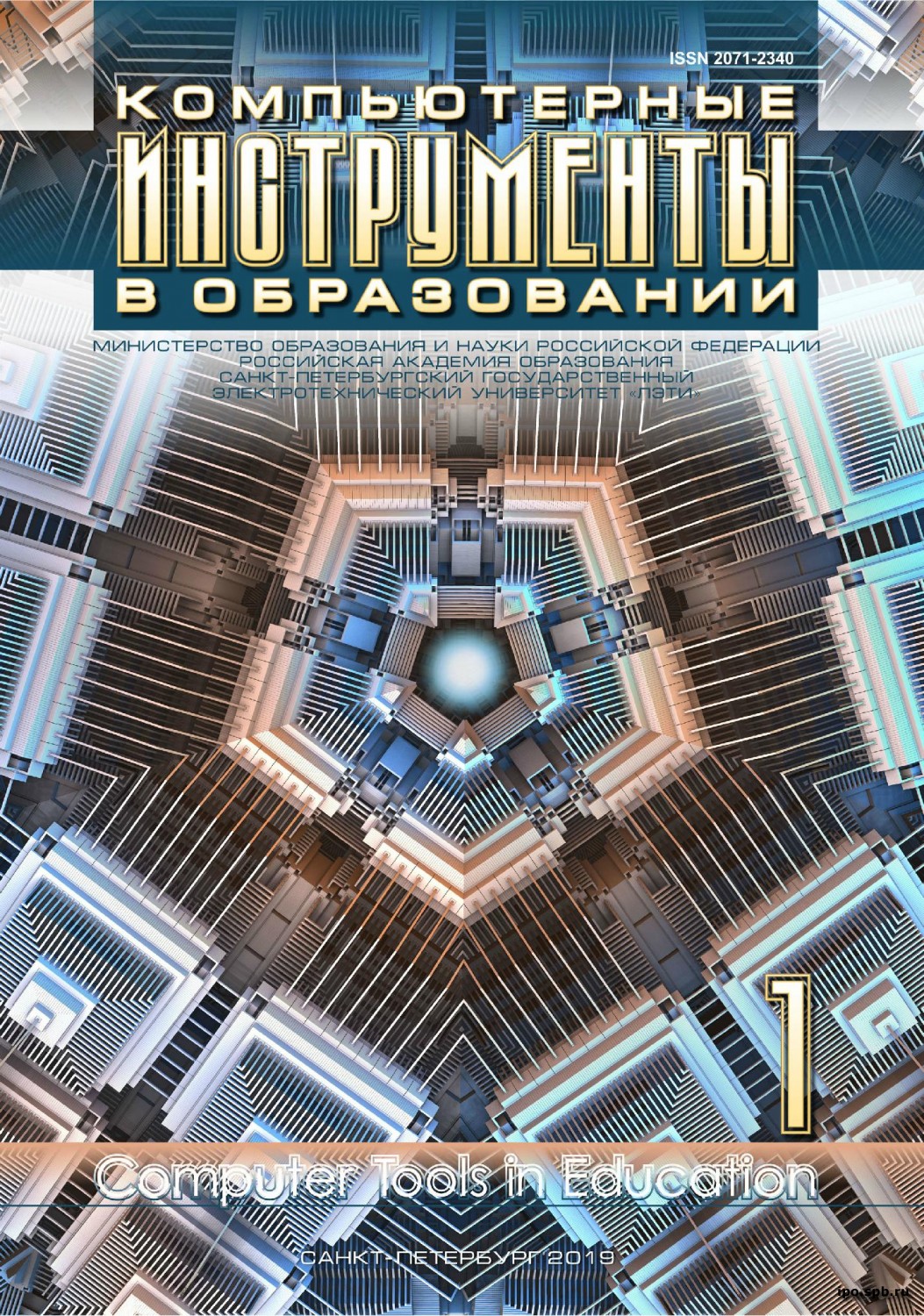MOOC-technology as a basis for the solution of actual problems of the transition to mass customized physics education: problems and their proven solutions
Abstract
Various aspects of the use of MOOC TECHNOLOGY in modern full-time and part-time education are considered on the basis of the accumulated experience of creating, publishing and supporting five online courses in physics for students of different age and target groups. The actual variants of development of the system of online training in physics and mathematics courses are analyzed. Specific ways of solving problems caused by differences in Internet education and fundamental education are proposed. New approaches to MOOC-learning as a basis for solving the problem of mass individual education are suggested on the base of the performed analysis. As a possible ways of complex solutions of the formulated actual problems the following steps are proposed: 1) creation of fundamental educational resources with basic knowledge, protected from unskilled interpretations, 2) new balanced approaches to the development of methods of automation of electronic educational content development, 3) introduction of electronic educational testing with dialog imitation on the basis of automated analysis of students responses and adaptation of the electronic system to the level of individual users. Specific versions of software solutions that carry out these actions are proposed, as well as examples of their practical use in the educational process.
References
L. A. Chapin, “Australian university students’ access to web-based lecture recordings and the relationship with lecture attendance and academic performance,” Australasian Journal of educational technology, vol. 34, no. 5, pp. 1–12, 2018; doi: 10.14742/ajet.2989
B. Novkovi´c Cvetkovi´c and D. Stanojevi´c, “Educational needs of teacher for introduction and application of innovative models in educational work to improve teaching,” International Journal of cognitive research in science, engineering and education, vol. 5, no. 1, pp. 49–56, 2017; doi: 10.5937/ijcree1701049N
L. Alonso-D´ıaz and R. Yuste-Tosina, “Constructing a grounded theory of e-learning assess-ment,”Journal of educational computing research, vol. 53, no. 3, pp. 315–344, 2015; doi: 10.1177/0735633115597868
E. A. Makarova and E. L. Makarova, “Blending pedagogy and digitaltechnology to transform educational environment,” International Journal of cognitive research in science, engineering and education, vol. 6, no. 2, pp. 57-66, 2018; doi: 10.5937/ijcree180257M
A. S. Chirtsov, “Kinematics,” in Lektorium, [Online], Available:https://www.youtube.com/playlist?list=PL-_cKNuVAYAXdifh3xW5BKyqxa_aZDlDo
A. S. Chirtsov, “Classical dynamics,” in Lektorium, [Online], Available: https://www.lektorium.tv/mooc2/29825?utm_source=ok&utm_medium=feed&utm_campaign=239_dynamics
A. S. Chirtsov, “Celestial mechanics,” in Lektorium, [Online], Available: https://www.youtube.com/playlist?list=PL-_cKNuVAYAXtLZdii7_o439TMIRhDtQb
A. S. Chirtsov, “Physical optics,” in ITMO University, [Online], Available: https://open.ifmo.ru/courses/course-v1:ITMO+x1012.00+spring_2016/about
A. S. Chirtsov, “Multi-level interactive course of physics,” in Youtube, [Online], Available: https://www.youtube.com/channel/UC8KoVY1Rk1ygj5bRCJDLL_g/playlists?view_as=subscriber&
sort=dd&shelf_id=10&view=50
B. V. Bondarev, N. P. Kalashnikov, and G. G. Spirin, General physics course, Moscow: Vysshaya Shkola, 2003 (in Russian).
S. I. Kuznetsov, Physics course with problem solving examples, 3nd ed., Tomsk, Russia: Izd-vo Tomskogo politekhnicheskogo universiteta, 2013 (in Russian).
A. S. Chirtsov, “A series of electronic collections of multimedia materials on the course of general physics: new approaches to creating electronic constructors of virtual physical models with simple remote access,” Computer Tools in Education, no. 6, pp. 42–56, 2010 (in Russian).
A. S. Chirtsov , D. Yu. Nikolsky, V. A. Brilliantov, and I. V. Vankovich, “Use of physical object-oriented modeling for the development of individualized training and the organization of mini-studies in mechanics courses,” Scienti1c and technical herald of information technologies, mechanics and optics, vol. 17, no. 2, pp. 201–214, 2017; doi: 10.17586/2226-1494-2017-17-2-201-214

This work is licensed under a Creative Commons Attribution 4.0 International License.







